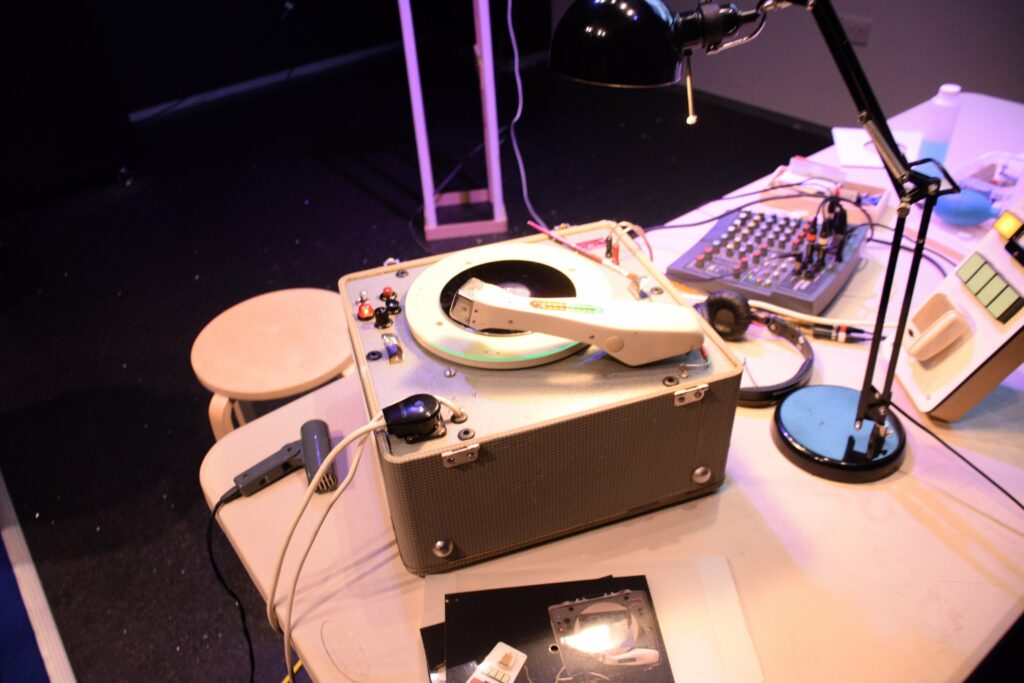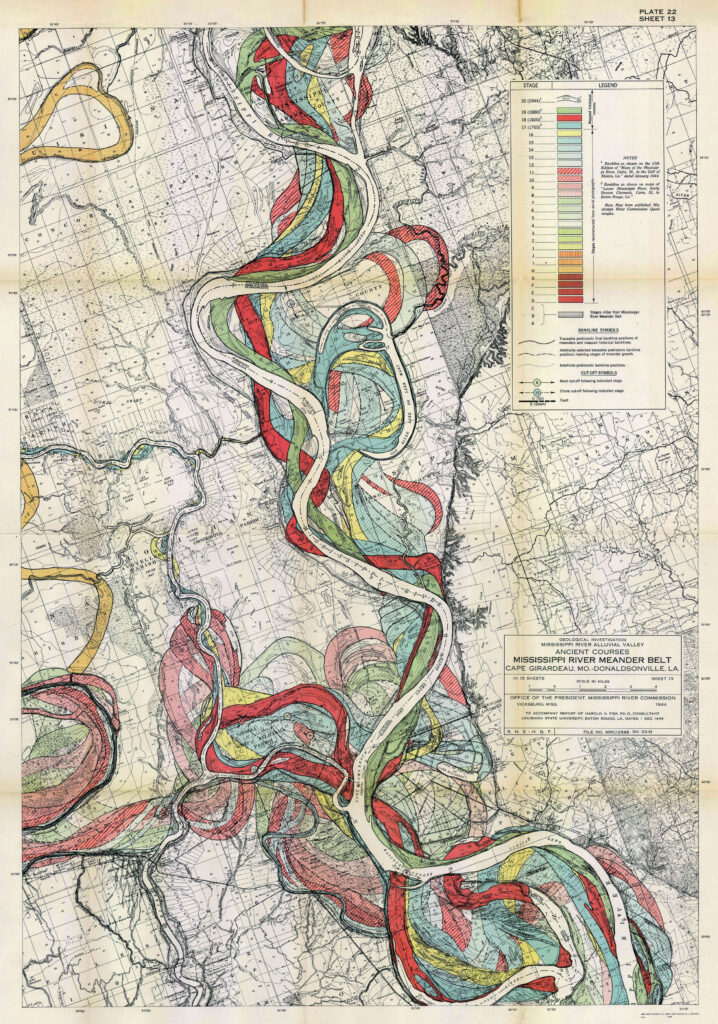Spatial Listening [2014-2018]
PhD

In response to a contemporary (Western) cultural disposition that is variously described as ocularcentric and disembodied, this project situates sound and listening as alternate potentialities for relating to, and understanding, the concrete spatial environment. It puts forward a praxis of listening — communicated through a series of works — that engages subjects in methodical and embodied modes of thinking-through-sound as a way to create sonic knowledges of the architectural environment; in relation to the acoustic phenomena of echo, resonance, and reverberation. Works situate these phenomena as individual sounding and listening affordances for interacting with the built. They engage subjects in various modes of listening through, or sounding and listening in relation to them, in pursuit of understanding the spaces in which they manifest. This practice instigates sonic modes of being in space that challenge ocularly dominated dispositions; defined by a mixing with it rather than a separation from it. Works bring subjects into their bodies and into the present moment, whilst fostering situations in which people relate sonically, coming together through, and in, listening.
Sonic Futures [2020-2021]
Research Fellowship: University of Nottingham and National Science and Media Museum
Principle investigator: James Mansell, co-investigator: Annie Jamieson
Funded by the Arts and Humanities Research Council.

Sonic Futures is a 12-month engagement and impact project exploring listening at the National Science and Media Museum.
The National Science and Media Museum has a new mission to tell the story of sound technologies. From TV sets to radios and gramophones to synthesisers, these objects were meant to be heard. They contain evocative histories of how we used to hear and take us into the sonic atmosphere of the past. But putting sound technologies on show in the museum is not easy. Not all objects function as they once did. Fewer still can be sounded in an exhibition. Even if we could hear them, do old sound technologies transport us directly into past sound worlds? Or do we listen differently today than we did in the past?
This project tackles the problem of how to put sound technologies on show in museums by working with audience listeners. Listening groups collaborate with artists to build and test new audible exhibits taking us into the sounds of the past. The question of how we listen in museums, and how we can build exhibits that help us to listen differently, is at the heart of our work.
Garden of Forking Paths [2019-2021]
Research Fellowship: University of Leeds
Principle investigator: Scott McLaughlin, consultant: Heather Roche
Funded by the Arts and Humanities Research Council.

The image above shows the meanders of the Mississippi river across the 18th–20th centuries, and the remnants of older meanders. A river is a dynamic process, always co-constituted by its own materiality and the matter of the surrounding land. Often (in geological time at least), the river currents flood when the bank is overwhelmed by water. When the waters then recede, the river may return to its old bed, or the waters may find another stable path through nearby ground. Each time it happens it reroutes a section of the river. Sometimes it may switch between a couple of strong beds, while at other times it may find a completely new bed. Over time get a picture of the different possibilities of that landscape and water. Such dynamic interaction of flow and materiality is at the heart of this project, but in the domain of sound, where continuous sound can move between stable and unstable behaviours in ways that offer interesting compositional possibilities.